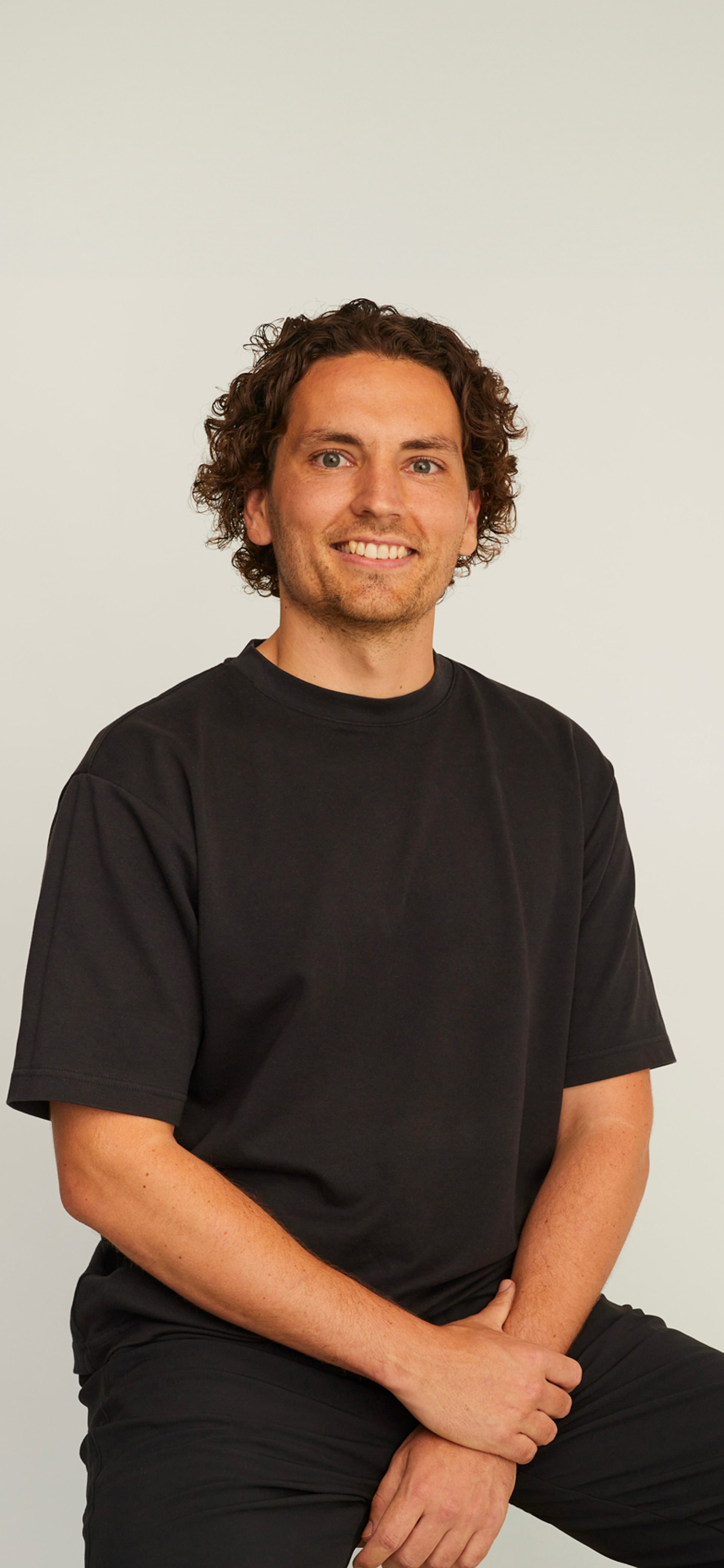Jack Gillmer’s Contemporary Songlines

Worimi and Biripi architect Jack Gillmer puts collaboration and Country first as the fourth galang residency recipient at the Cité internationale des arts in Paris.
‘So, how do you protest through architecture? As First Nations people, we’ve always had to protest and advocate for change. So, it’s using architecture as a vessel to do that, which is something that really excites me. Sometimes you have to go against the grain and colonial controls for cultural safety.’
As a Worimi/Biripi guri (man) who grew up north of the Hawkesbury River, Jack Gillmer was awakened to the transformative power of designing with Country while studying architecture at Newcastle University last decade. Each morning he’d carpool up from the Central Coast with his Aunty, Leanne Holt, then a director of the university’s Wollotuka Institute, and start the day by lighting the fire in the Birabahn Building’s central north-facing heart. ‘Every morning, you’d sit and listen and watch Country evolve through the day,’ Gillmer recalls. ‘You’d observe other people enter the building through different pathways, and you’d introduce yourself to people or you’d continue your relationship.’
Birabahn, the institute’s award-winning home, is named for the Awabakal people’s eaglehawk totem and the Aboriginal scholar of the same name. It was designed by Richard Leplastrier and Peter Stutchbury to resemble the bird’s outstretched wings when viewed from above. Leplastrier was also Gillmer’s mentoring professor during his time at Newcastle University, which has continued into a lasting friendship. And it was Leplastrier, celebrated for his spiritual response to nature, who guided the architecture student towards his research subject – the sacred headland of Yirannali watching over the Pacific Ocean and surrounding landscapes – and towards embracing his Aboriginality through the medium of architecture. Gillmer’s Masters project conceived not a Western-style building for the ‘falling rocks’ site, but an open portal for revealing knowledges in the landscape.
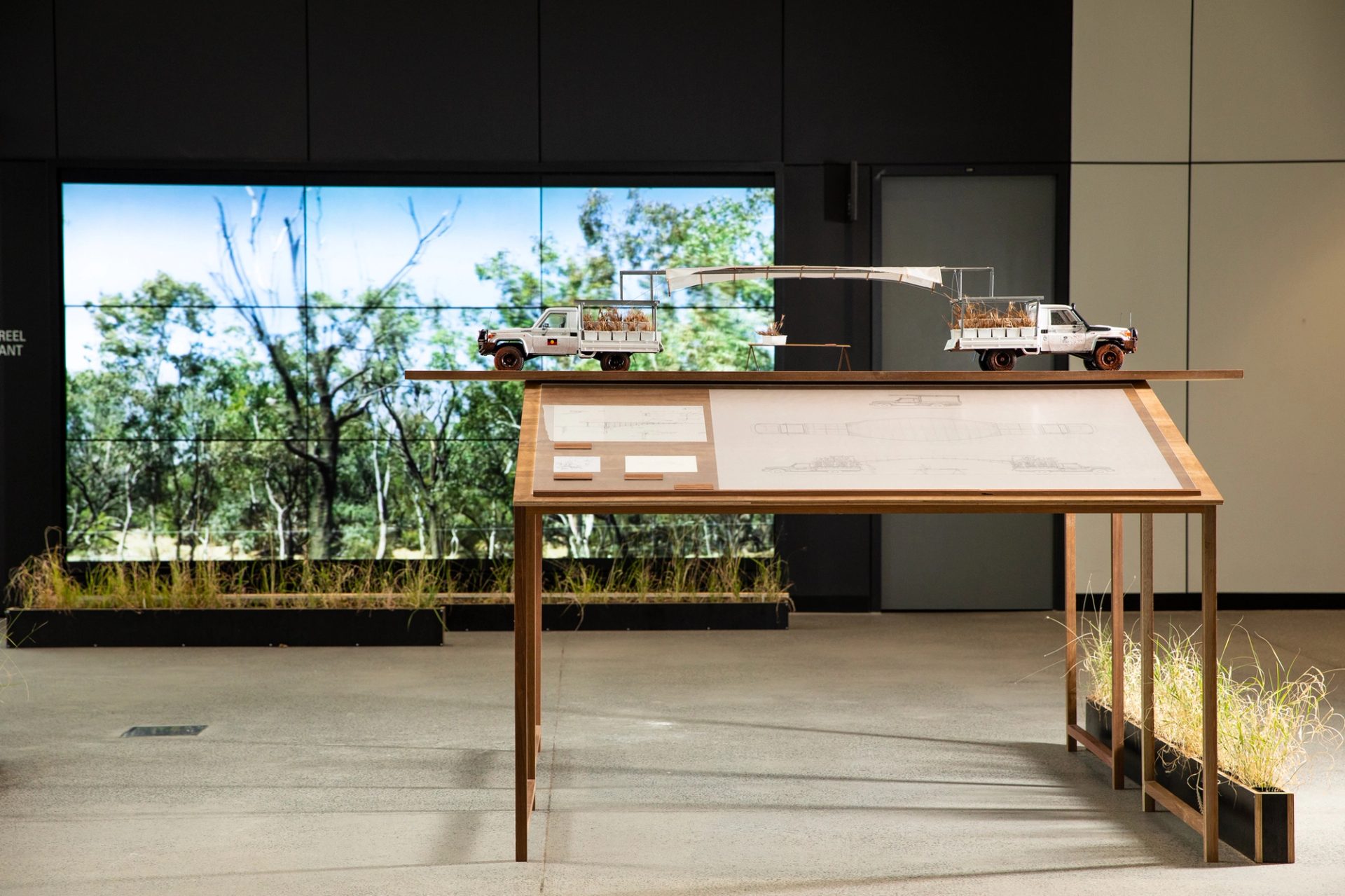
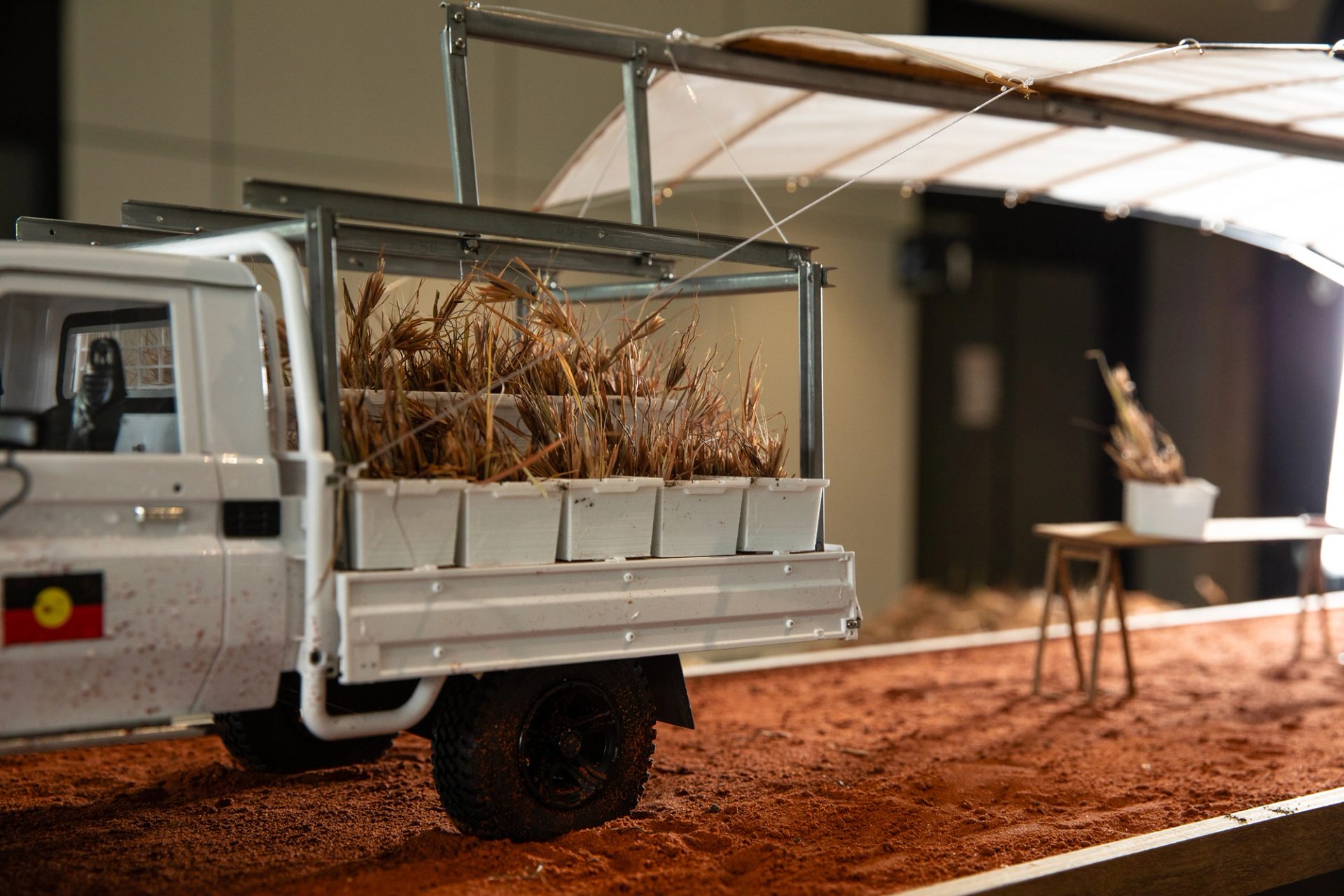
‘Through this journey, and my Masters project of finding myself, I’ve come to understand architecture as not just this stagnant structure in the landscape, but a sculptural element that can help amplify story and living and contemporary songlines,’ Gillmer says. ‘There are latent knowledges that lie below the concrete blanket of our cities just waiting to be revealed and respectfully have those stories shared again.’
After graduating, Gillmer joined the Sydney office of multidisciplinary design firm SJB, where he started putting these ideas into practice. In 2021, he reunited with Leplastrier for the acclaimed design of the Powerhouse Ultimo exhibition Eucalyptusdom, helping devise a multisensory platform for First Nations storytelling – ‘one of my favourite experiences about that exhibition was the smell, which transformed the space into something beyond imagination, bringing to the surface unique memories and relationships people have with the euc,’ he says.
Then in 2023, Gillmer was the architectural lead for SJB’s pitch in a national competition to design a First Nations residential college for the University of Technology Sydney. As part of the process, the team spent two weeks of yarning before picking up the pen, which is ‘a First Nations way of sharing knowledge,’ Gillmer says, ‘and showing a level of humility and openness towards each other and getting to know each other on a deeper level, where everyone’s contribution is valued and honoured.’ The team’s submission envisioned a cultural assertion and shared presence built with the heritage Ultimo site, discovering equity with Frank Gehry’s neighbouring Business School, and embodying a philosophy of reciprocity and reconciliation. While the bid was ultimately unsuccessful, it helped cement the yarning process into Gillmer’s future SJB projects, and to solidify the intangible idea of designing with Country for the emerging First Nations architect and his colleagues.
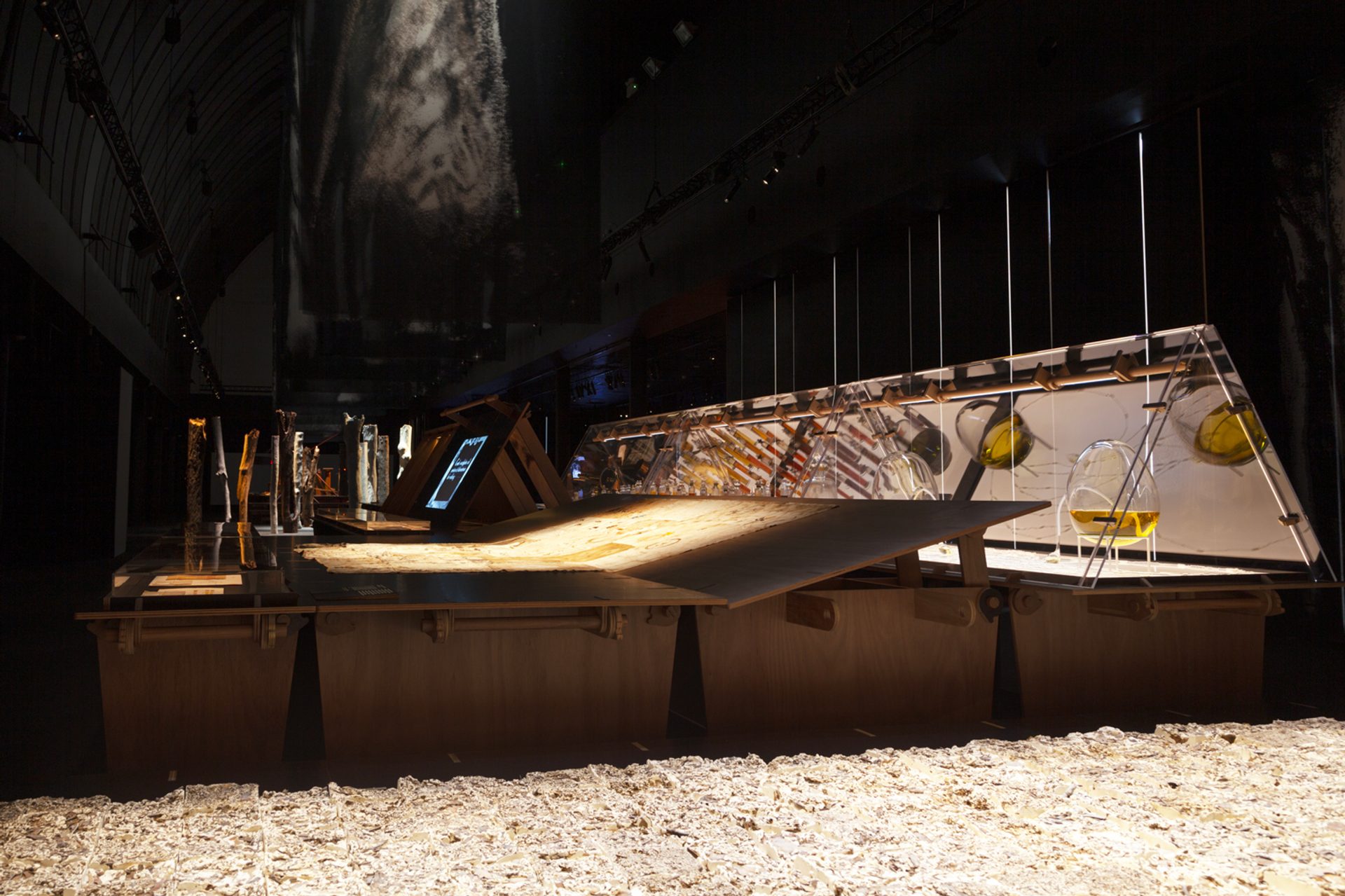

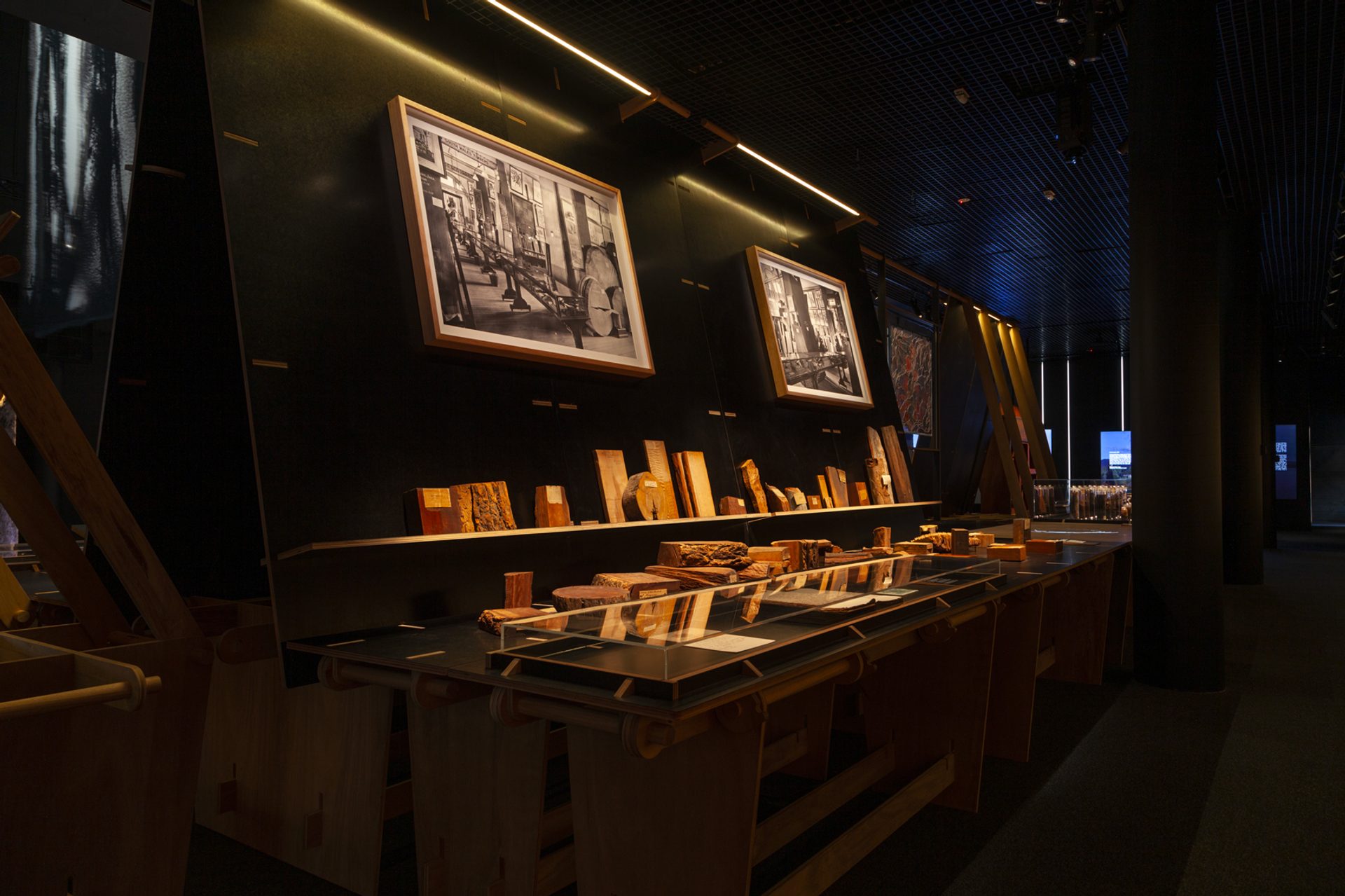
‘Designing with Country is more than something physical,’ Gillmer says. ‘It’s the stories you share. You might go through this whole process and the building doesn’t necessarily need to be a product of that. It’s more the relationships you form, and the cultural competency and capacity that comes with all of those that were involved in that space to be better allies as well, which leads to better advocacy and a better future for us all to be celebrated.’
Gillmer will explore these principles on the world stage as the fourth galang residency recipient at the Cité internationale des arts in Paris, where he will be based until September 2024 as part of the Powerhouse initiative to support Australian-based First Nations creative practitioners. Gillmer’s mission is two-pronged. One is to devise architectural solutions to reframe museology that are culturally safe for the ongoing display, treatment, storage and truth-telling of First Nations objects in international collections. The other is the conceptualisation of off-Country keeping places for cultural materials in transition based on a non-Western notion of preservation, acknowledging that institutions now play a critical role in keeping cultural materials despite colonial practices until their return. ‘Country and practice is preservation,’ he says. ‘In Country we have mnemonic devices which are part of our songlines, and in practice the embodied knowledge within the creation of our materials is passed.’
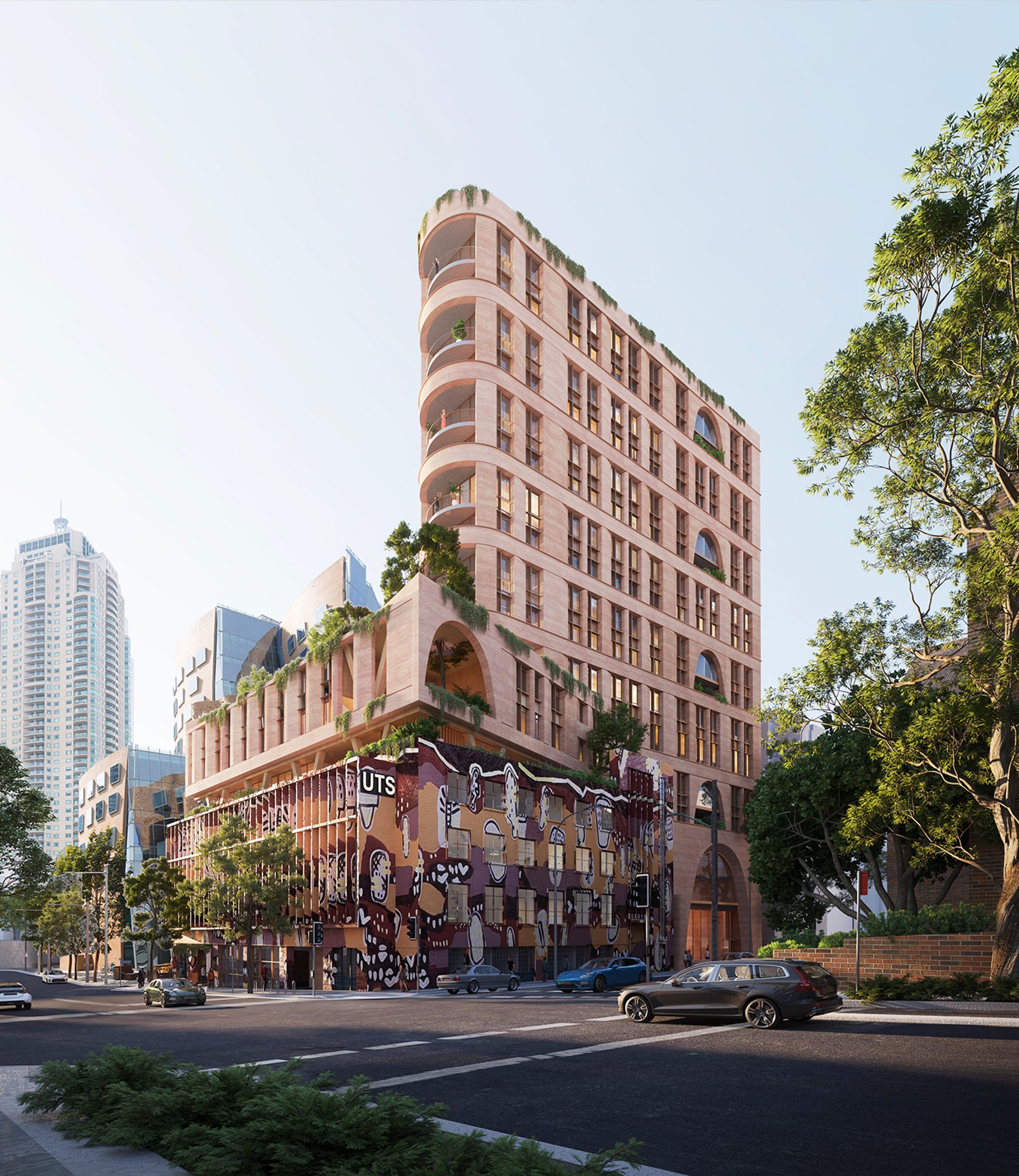
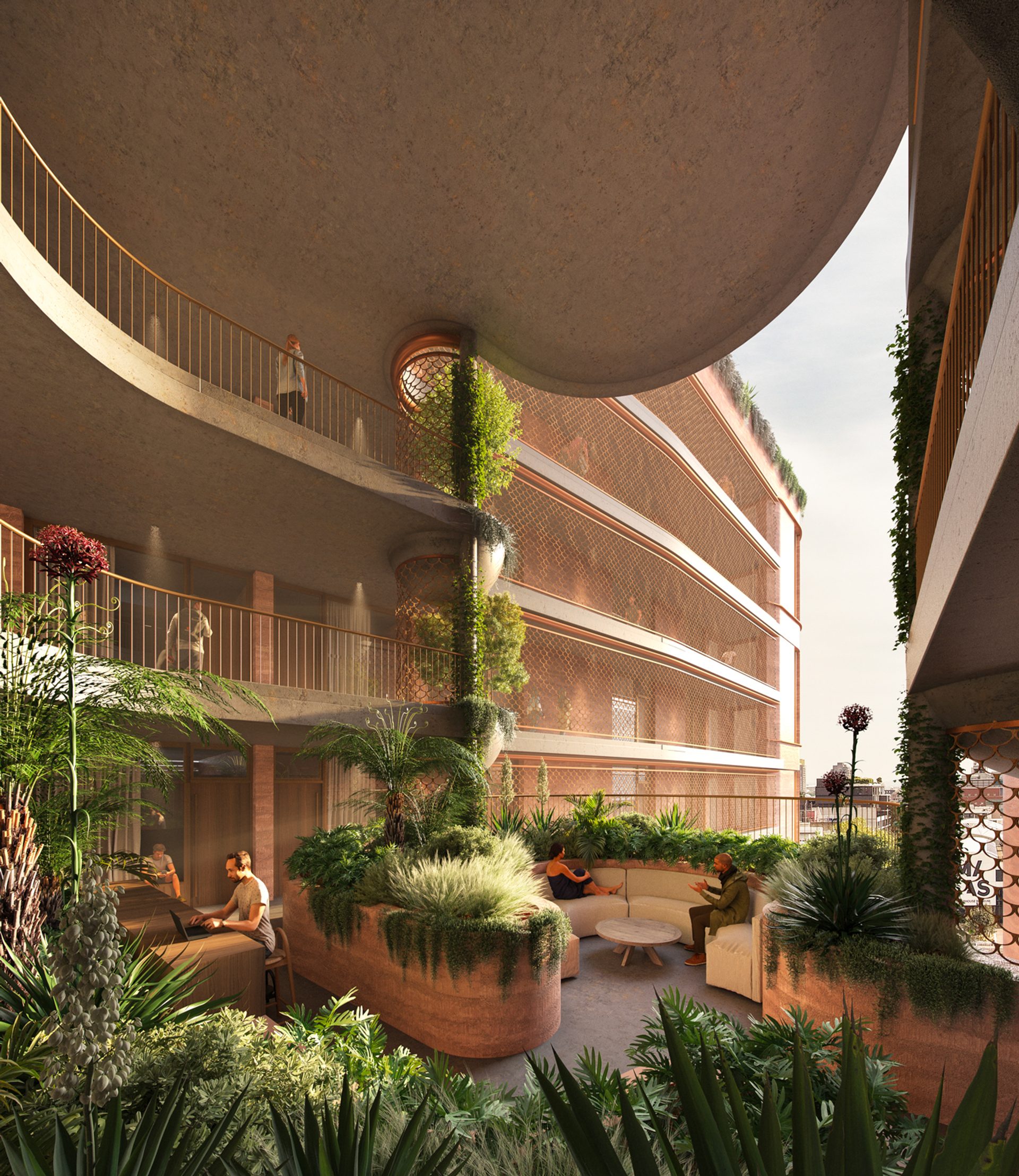
Paris is already offering Gillmer room for rumination. ‘Why do I need to go to Europe to do this?’ he asks. ‘I think it’s because there’s this longing, and there’s something drawing me there.’ As well as being able to experience at firsthand the celebrated Indigenous collections in Paris such as the Musée du quai Branly, and those further afield, including London’s British Museum and the Pitt Rivers Museum at Oxford, Gillmer will also journey to Manchester University to study its world-leading repatriation program. Manchester also happens to be the birthplace of Gillmer’s mother, a first-generation English woman. ‘So, there’s a bit to be reckoned with generally in that sense,’ he says. ‘It’s full circle.’
While Gillmer admits there’s much weighing on his shoulders – ‘to deliver in this space is important,’ he says – he also acknowledges he’s not alone, citing pioneering First Nations architects and designers such as Dillon Kombumerri, Michael Mossman, Kevin O’Brien and Alison Page who’ve come before him. ‘I’m very much a collaborator,’ he says. ‘And that’s a First Nations way of practice as well. It comes back to the fact that not one person speaks for Country – it’s a community contribution. And the process and the outcomes are always richer the more people and the more minds that you have involved. The potential’s endless.’ For this Worimi/Biripi guri, Paris is just part of this larger dream of designing with Country.
About

Jack Gillmer follows yuggera/yugggerabul and biri/bindal artist Jody Rallah, Kullilli and South Sea Islander writer Daniel Browning, and Baramadagal weaver Jayne Christian as the fourth galang residency recipient in a unique collaboration launched in 2023 between Powerhouse Parramatta and Cité internationale des arts, Paris.
More
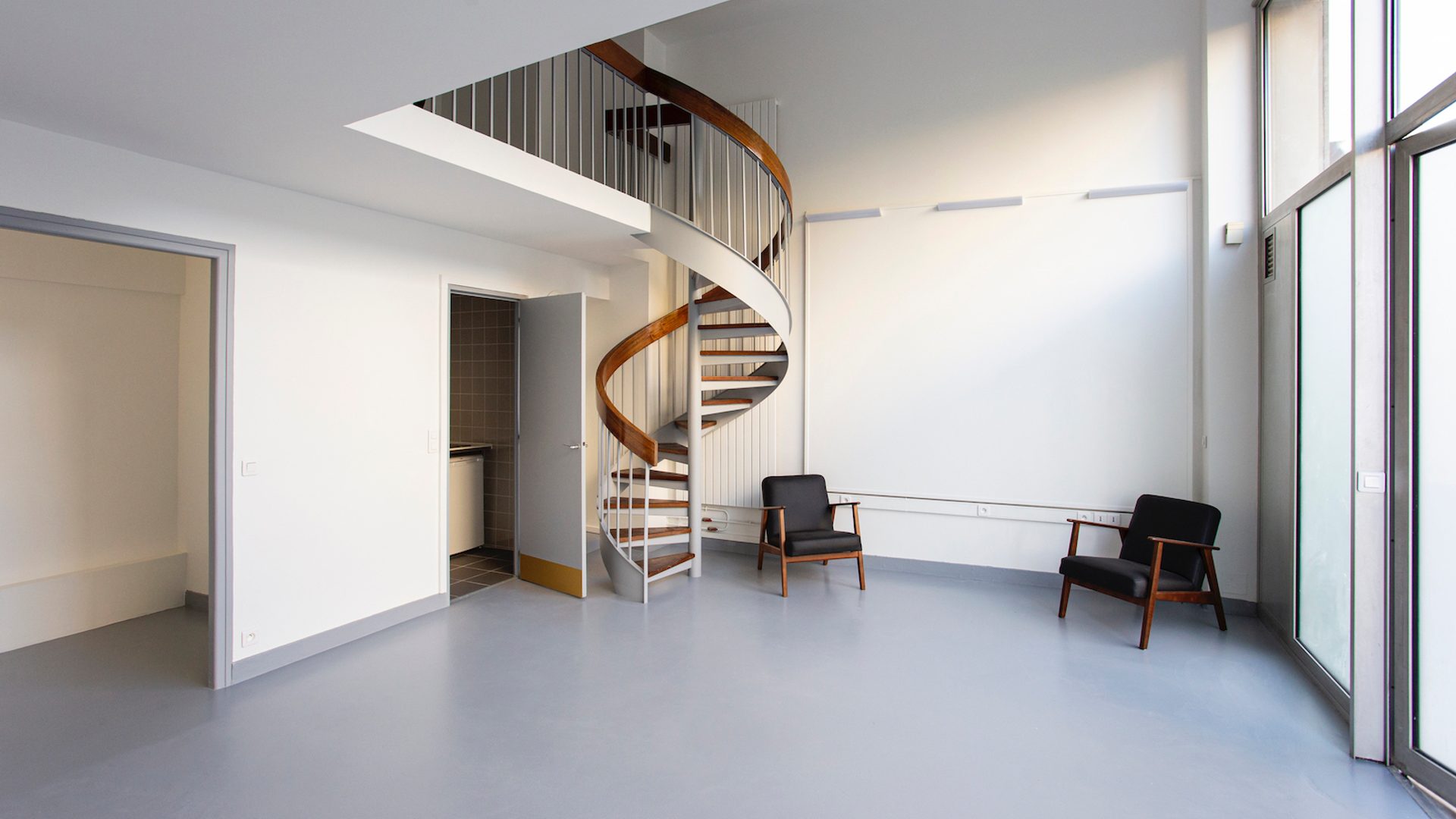
galang Residency
The galang residency program is a unique platform for First Nations artists based in Australia to create a fruitful dialogue with creators from the French and international artistic and professional scenes — and to open their references and practices to other horizons and new audiences.
More
Initiatives
We support and invest in a range of initiatives that sustain industry development and individual creative practice across the applied arts and sciences and creative industries.
More










